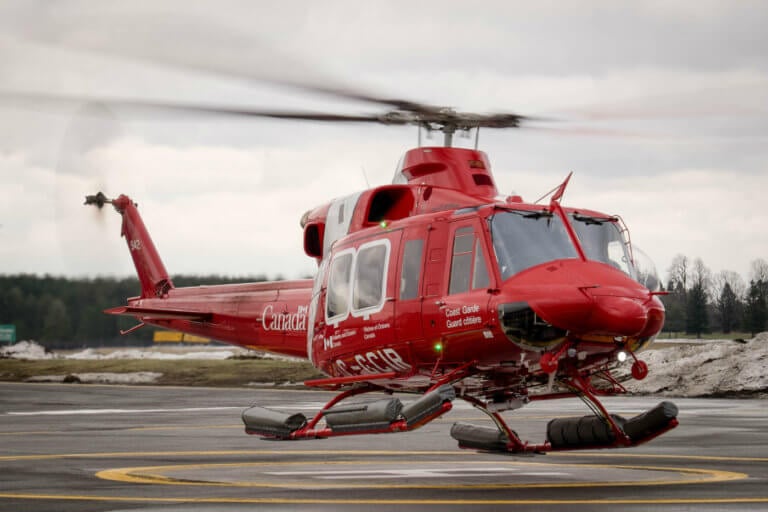Chief Stoker said:
From what I can gather there could be different classifications for patrol craft, they probably started at 430 because of it. Much like the DDE/DDH and DDG 280's all have gaps in the numbering and all are designated destroyers.
The department usually (not always) likes to start a new class of ship by rounding up to the next "tens".
BTW, there are few gaps in the Destroyers. You have to consider the renumbering of the tribals and V class destroyers as they were refitted into ASW destroyer escorts between the various batches of St-Laurent.
205-207: St-Laurents
213-219: Refitted Tribals
225-228: Refitted V class
229-236: Next group of St-Laurents
256-266: final group of St-Laurents
280-283: Iroquois
Similarly, the Halifax's got their numbering start at 330 because 301 to 324 had been used for the River class frigates after they were refitted into the Prestonian class of escorts.
Finally, sometimes, some numbers become unavailable because they were pre-assigned to a type and for some reason not used. That's the case with the 400 series. 400 to 425 were set aside for the Bras D'or class of 26 FHE's. Bras D'or, BTW was not an experimental vessel. The class was planned and Bras D'or herself was very close to the fitting of her combat suite and final last six months of testing to prove the class before moving into production. The facilities for construction were all lined up in Sorel when the government of the day cut the defence budget heavily in 1971 and we went into the heavy restructuring of unification/integration, at which time they were shelved.
The choice of number for the HDeW is a bit bizarre, however.
First of all, historically, our patrol vessels have been in the 100 series - though admittedly we were running out, with the Ex-RCMP boats running to 196, in the 400 series (MTB's from 459 to 491) or in the 700 series (MTB's and Fairmile from 726 to 748 plus 797).
I would have thought, however, that they would continue from the first Arctic Patrol Vessel of the Navy, the Labrador, which bore hull number 50.
So I would have expected 51 to 55 or 56, as the case may be, but of course that would have interfered with the numbering of the Orca training vessels (55 to 62). The real question is why the Orca got those numbers to start with. Considering where they fit, they could have numbered the PCT's from 143 to 150 - picking up after Rally.




